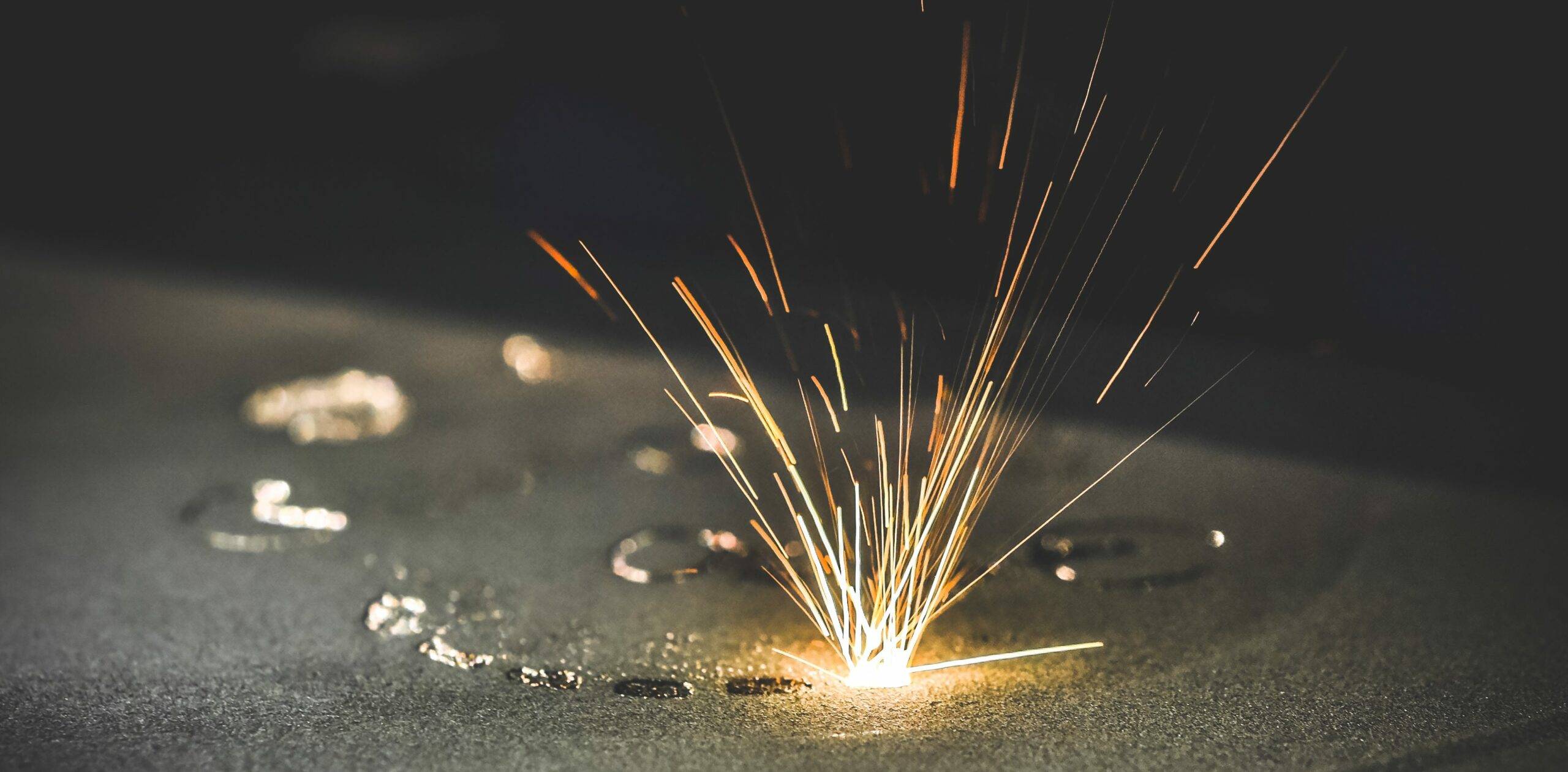In traditional manufacturing, it is common practice to implement strategies of Operational Excellence (OpEx) to reduce operational costs, increase production efficiency, and therefore profitability. However, in Metal Additive Manufacturing (Metal AM) it’s not as easy to apply such efficiency-driven methods or to determine how beneficial those are in improving the Return on Investment (ROI). This hurdle is the reason why most upper management in Metal AM does not consider OpEx as a viable option to drive profitability: if you can’t demonstrate value, it’s hard to justify the effort. But we hope to convince you otherwise. In this article, we will show you how industry-specific operational KPIs can drive AM profitability through the lens of the Du Pont model.
1. Increasing the efficiency of Metal AM to the level of traditional manufacturing
Long-established manufacturing methods maximize production output and profitability through OpEx principles, on the basis that any process that can be measured can be improved. In Additive, OpEx methods are very much discounted. Accepted OpEx metrics such as OEE (Overall Equipment Effectiveness) are not suitable for additive production since this technology is characterized by an agile, batch of one, production flow whose parts are diverse in shape, volume, and material among other factors and thus difficult to measure and compare. Given the complexity of this technology, how can AM manufacturers quantify their operational performance?
Here at Magnitude we have created Uptimo, a software that captures all nuances of the Metal Additive production in OEE-like Key Performance Indicators (KPIs). Uptimo provides companies with visibility and measurement of manufacturing wastes such as unplanned downtime, breakdowns, excessive build time and excessive machine preparation, allowing the maximization of production efficiency. Uptimo’s unique KPIs are able to compare the profitability of each additively manufactured part independent of geometry, material or system used and analyze process efficiency using three main dimensions:
- Planning: Measures the actual production time of Additive systems identifying all causes of downtime
- Parameters: Measures the efficiency of the production time determining how fast each job can be built
- Parts: Measures the quality of the production output analyzing all failure occurrences
- Additive Manufacturing Index (AMI): Represents what in traditional manufacturing is called OEE and measures the truly productive manufacturing time aggregating Planning, Parameters and Parts
These basic metrics pave the way to many other production KPIs, which are brought together in a dynamic dashboard tailored to all operational levels. The Dashboard is a tool designed to enable continuous improvement and ease the decision-making process on three main levels: long-term strategic planning, mid-term production review, and day-to-day operational performance.
Since measuring production performance is key to its improvement, Uptimo’s metrics are the perfect tool to enable the maximization of Additive production efficiency. So how beneficial are these improvements for the financial growth of the organization?
2. Impact of increased efficiency on the ROI
While production managers traditionally look at the OEE metric to quantify the overall production progress, implement continuous improvement and drive productivity, the upper management cares more about evaluating progress in financial terms, looking at the growth of revenue or profits. However, since conventional OEE cannot be used to measure improvements in Additive, it is hard to assess its financial impact. To help bridge this gap, we propose executives to look at our industry-specific AMI metric through the prism of the DuPont model.
The DuPont analysis converts the operational KPIs Planning, Parameters and Parts in financial terms to visualize the impact of manufacturing improvements on a company’s ROI. As shown in the model below, built around one of our customer cases, there is a direct correlation between the overall production efficiency, represented by the AMI, and the ROI, but how strong is it?
Uptimo provides value in maximizing Additive efficiency, making the difference between good and outstanding production profitability:
- Waste indicators help prioritize production inefficiencies showing concurrent capacity, quality, and financial losses
- KPIs track how fast improvement projects are being implemented and whether change becomes fully effective in the organization
- The Dashboard displays KPIs tailored to each management level and the complexity of decisions, enabling a rapid and continuous improvement
If the intention of executives is to enable growth opportunities to their Additive business, investing in accurate performance measurements such as these is essential.
Republished with permission from Magnitude Innovations Inc. article titled Achieving Operational Excellence in Metal AM by Caterina Pampolari.


